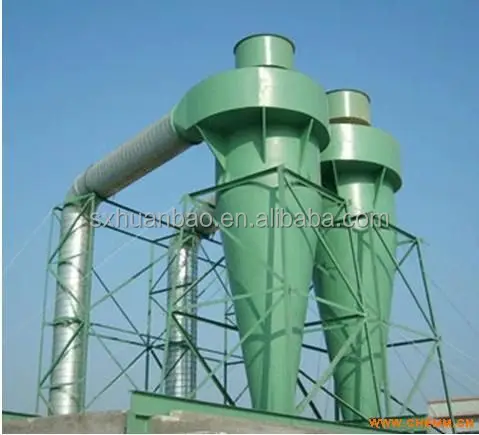@Hunterman2244,
Thanks, when I scale up, it is my intention to work in a metal apparatus. However, I am a ways from there at this point. As mentioned, I really just
wanted to recreate what I had seen in that video. Though it only appeared to be partially successful, I thought for me, it would make a good first
step.
Partial successes can be instructional, and a bit more fun than absolute failure ;-) Further, I have been stymied by not having any inert gases on
hand. I was sent down this path when I found that wine connoisseurs used Ar to replace the air in opened bottles. Though I'm sure 15$ for that much
gas is a gouging, it's a lot cheaper than buying even the smallest refillable canister of Argon.
Any experience I can gain using these small, easily located cans of Argon will be helpful until I can afford more substantial supplies.
Still, your advise is right on point and very much inline with what I hope to do as I move further along in my studies. Thank you very much for
getting back to me.
[Edited on 9-1-2018 by JScott] |






